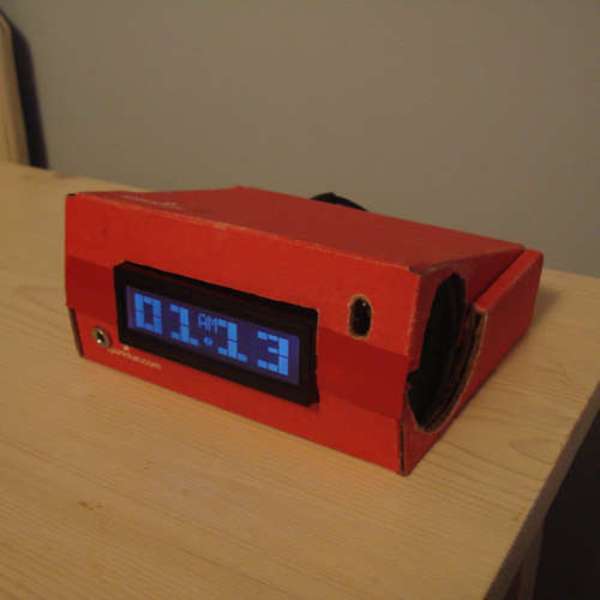
Waking up early in the morning after late nights has always been a problem for me. The loud ring of the alarm clock frightens me out of the deep slumber and all my sweet dreams turn sour at the thought of getting up from the bed. I have always wished my wake-up call to be music to my ears rather than an alarm bell rather a musical extravaganza that helps me keep my schedules every day.
Well, my dream has finally come true with music playing alarm clock that can be assembled at home quickly and easily. Now, I can expect to be woken up by either a scream of my favorite rock star or a French Horn in a classical symphony. Here’s an overview of how to design this music playing alarm clock at home.
What is it ?
It is about designing a music player using less abstracted building blocks and understanding the communication system between micro-controller, memory, computer, LCD display, RTC and the music file decoder.
Tools Required
USB capable Microcontroller: Teensy++ USB Development Board is a USB-based microcontoller development system. Only a standard mini-B USB cable is needed to connect to a PC. Teensy is also available with the header pins to plug directly into a solder-less breadboard.
LCD Display: A 16×2 character LCD display using HD44780 that has the ability to run at 3.3V is required. The characters on the LCD are too small for a clock. Custom characters need to be used to create big number fonts on the LCD.
Storage: Storage with MicroSD card is a perfect idea. SD and MMC cards are easy to use because they provide a SPI (Serial Peripheral Interface). It is an interface that can be used to read and write data to and from the card. The AT90USB1286 is capable of full speed USB.
Sound Output : The VS1033d is used to ensure good sound output. VS1033d is a music decoder, digital to analog converter, and headphone driver all rolled into one.
IR Receiver and remote control : An Infrared receiver receives data from a remote control which then sends modulated infrared light at a frequency at around 38 KHz (flashing it at 38000 times per second). The actual frequency varies between different remotes, ranging between 36 KHz to 40 KHz.
DS 1307 real time clock : It tracks time, so the microcontroller doesn’t have to. It even tracks time using a coin cell battery while its main power is off. This way, unlike the old alarm clocks, it won’t show ’12:00′ blinking every time the power goes out. Beside this, it tracks the date too.
Advantages of music playing alarm clock
In the event of a power failure, the Real Time Clock (RTC) helps the user keep track of time using back up battery. It’s modern interface with easily navigable buttons for setting alarms and managing audio play lists. Users can set the number of alarms and can run them once, daily, or on a specific date or day of the week. Also, the playlist can be shuffled with ease. The built-in media player enables to easily add and remove MP3, WAV and WMA audio files. the estimated cost of the gadget can be kept down to $ 60 if you plan well in advance. So, open your eyes every morning with style!
Via: Instructables




